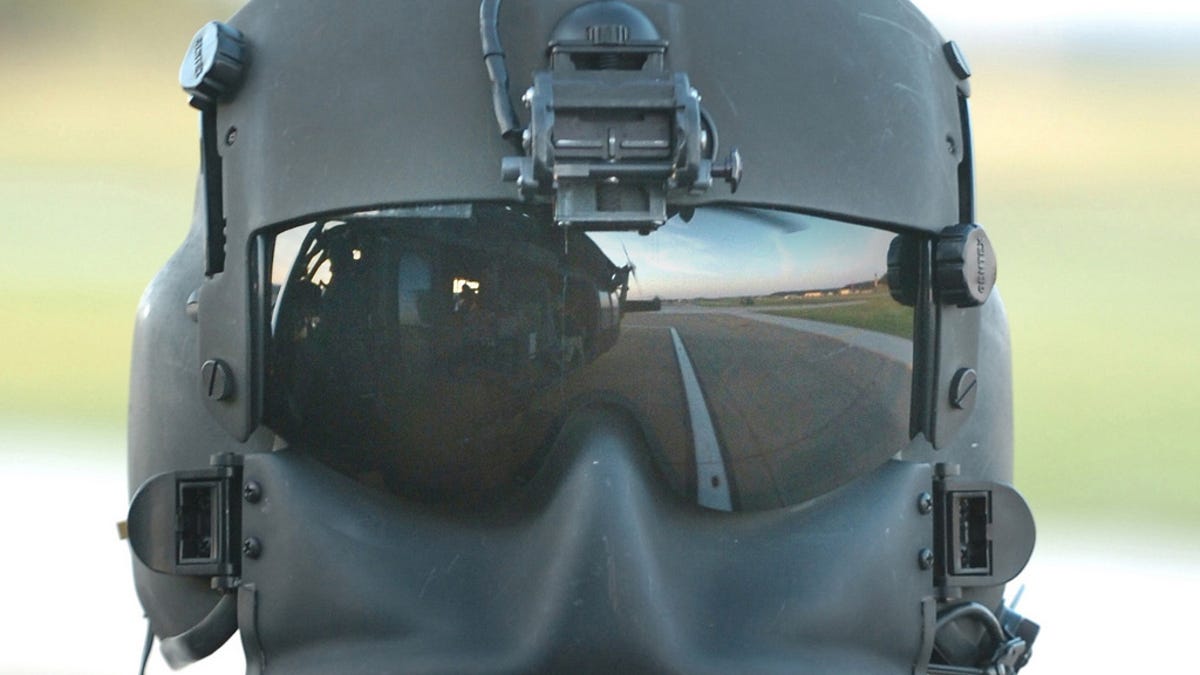Sandblaster clears for landing
New system allows pilots to "see" through dust storms.

There are many challenges in waging war for oil, not the least of which is fighting in a big sandbox--it's hard on soldiers and it's murder on helicopters.
Enter the Sandblaster. This is a helicopter avionics system commissioned by DARPA that integrates advanced flight controls, a "see-through" sensor, synthetic vision and data fusion to allow the pilots to fly safely in a zero-visibility, howling haboob, according to Sikorsky Aircraft Corp.
Using the Sikorsky system, the pilot has only to press a button to bring the chopper from en-route flight to a low, non-drift hover over a pre-programmed landing point, according to the company headquartered in Stratford, Conn.
"There are two issues," said Benjamin Weiser a senior director in charge of helicopter upgrades at Elbit Systems, which produces a competing system. "Helicopters come into unmarked territory at night with hostile fire and need to land, load or drop. First, they must verify that the landing zone doesn't have obstacles and that the slope is good for landing.
"The biggest problem, though, is that they can't see lateral drift because of the dust, which can cause them to tip over and cause casualties," Weiser told Defense News.
Sikorsky collaborated with Sierra Nevada Corp. and Honeywell International to produce a prototype. Sierra Nevada supplied the three-dimensional radar that penetrates the sand and dust and detects terrain and objects within the landing zone, while Honeywell's Sensor-driven Localized External Evidential Knowledge (SLEEK) and Synthetic Vision System displays the radar data and a three-dimensional view of the LZ and surroundings on a cockpit screen.
The Elbit system, called solution Dust-Off, is based on its wire-strike avoidance system. As with Sandblaster, it's an amalgamation of other products. They include the ANVIS/HUD-24T with LOS tracker and a Surveillance Warning Obstacle Ranging and Display (SWORD) laser radar. (PDF)
After only an only few hours of familiarization with the prototype, pilots were able to successfully execute landing approaches during recent tests conducted at the Ames Research Center, Moffett Field, Calif., according to Sikorsky.